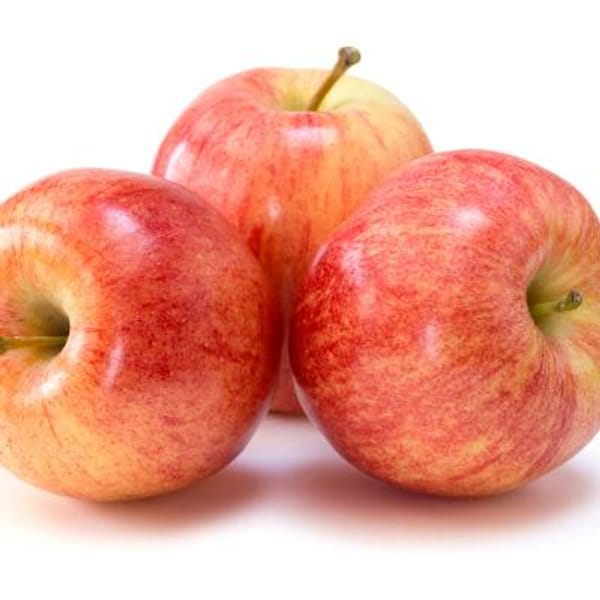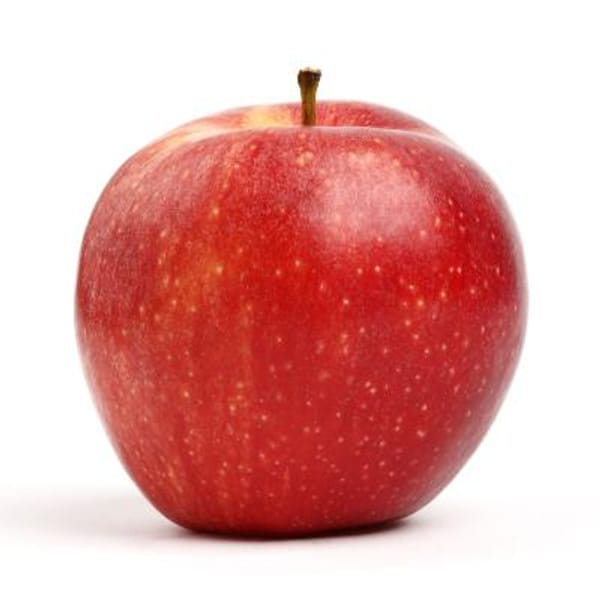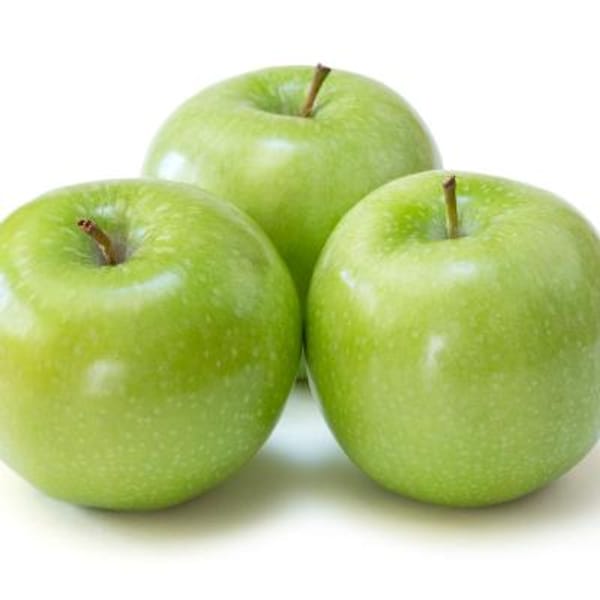Sold out for the 2025 Season. We will have bareroot fruit trees available again for pre-order in Fall 2025 and they will be shipped starting January 2026.
Multi Budded Apple Fruit- Variety Information
-
Possible Varieties: Fuji, Gala, Mutsu, Jonagold. Send us an email if there is 1 particular variety you would like and we will do our best to accommodate you.
- Multiple-budded ("Multi-budded") fruit trees will give you 3 or more varieties of apples from the space of a single tree.
- Compared to single-variety fruit trees, multiple-budded apple trees require some special consideration, especially with regard to pruning.
- Always plant the smallest limb (the "weakest" bud) to the south/southwest to ensure that it gets plenty of sunlight.
- Cut back the strongest growing varieties by 2/3rds.
- Cut back the weakest variety by 1/2 — or not at all.
- Do not let one variety take over - or one or more of the others may fail. Prune back the more aggressive limbs.
- After the third season, maintain the multiple-budded apple tree so that each fruit type grows in balance with the others.
- USDA Zone 6-10, Requires 500-800 chill hours to set fruit. Protect when temperatures fall below -10°F.
- Grafted onto M106 rootstock
- Click here to view our "Fruit Tree Variety Chart"







